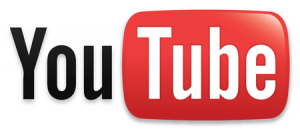World: Chilean miners about to be painfully blinded by spotlight
So to clarify, this guy wants to have a normal life. Yeah, this one. Mr. Iconic Photo that Will Be On the Cover of the Tell-All Biography. Good luck with that.
source

